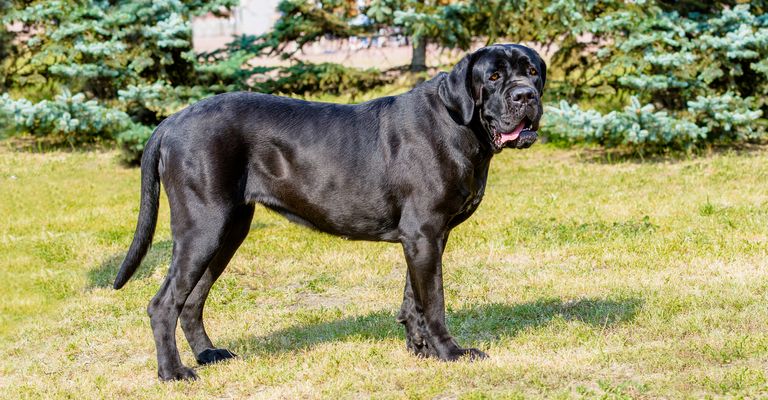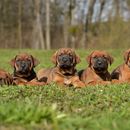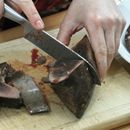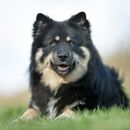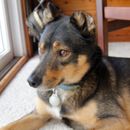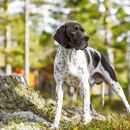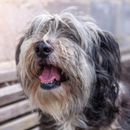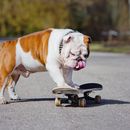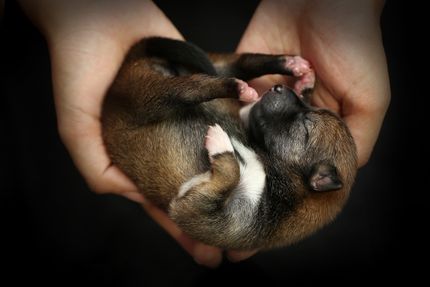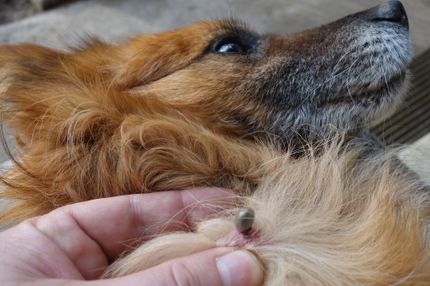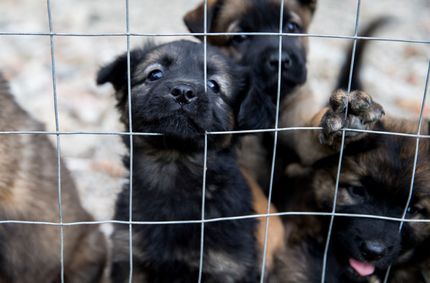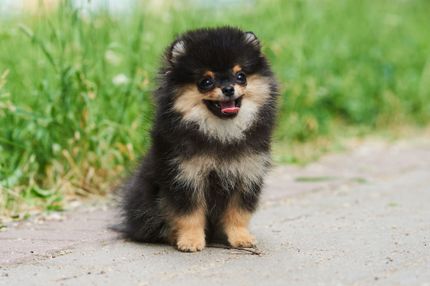Fighting dog - what is that anyway?
Today we turn to a very special topic that often causes heated discussions in the dog world and among dog owners: the classification of dogs as so-called "fighting dogs". In particular, I would like to focus on the Cane Corso, a breed that is considered by some to be a "fighting dog".
However, before we go into detail, let's first clarify what is actually meant by the term "fighting dog". The term is highly controversial and is often used pejoratively to portray certain breeds as potentially dangerous. This classification is often based on prejudice, rather than individual characteristics or behaviors of the dog. It is important to emphasize that no dog is inherently "bad" or dangerous. Much depends on its socialization, upbringing and treatment by humans.
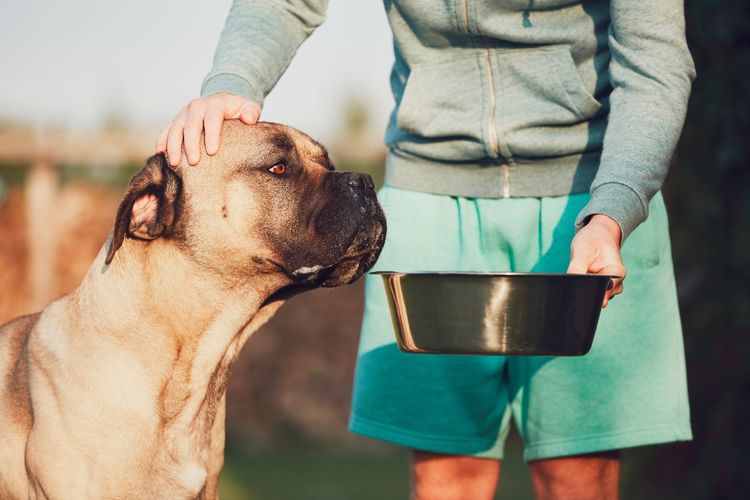
Now, back to the Cane Corso. The Cane Corso is an Italian dog that was originally bred for farm work. He is known for his loyalty, intelligence and alertness and with the right socialization and training can be an excellent family dog.
Now let's move on to the legal situation in the German speaking countries of Germany, Austria and Switzerland:
In Germany, certain dog breeds are classified as "dangerous" based on the respective state dog laws. This classification can vary from state to state. The Cane Corso is not on the list of dangerous dogs in any state, however, any dog regardless of breed can be classified as dangerous if it exhibits aggressive behavior.
Austria follows a similar procedure to Germany, again there is no nationwide regulation. Some federal states have lists of potentially dangerous dogs, but the Cane Corso is not on these lists. Again, regardless of breed, a dog can be considered dangerous if it exhibits aggressive behavior.
In Switzerland, there are also cantonal differences in the classification of dogs. Some cantons maintain lists of breeds that are considered potentially dangerous. In other cantons, all dogs, regardless of breed, must pass a behavior test. The Cane Corso is listed as a potentially dangerous breed in some cantons, but not in others.
So it is important to check with local authorities before getting a Cane Corso or any other large, powerful dog.
In summary, the Cane Corso is not generally classified as a "fighting dog." As with any dog, its behavior depends largely on the socialization and training it receives. A responsible dog owner who raises his dog well and gives him loving care has no reason to worry.
It is up to all of us to break down prejudices against certain dog breeds and to ensure that all dogs - regardless of breed - have the chance of a loving home and a fulfilling life.
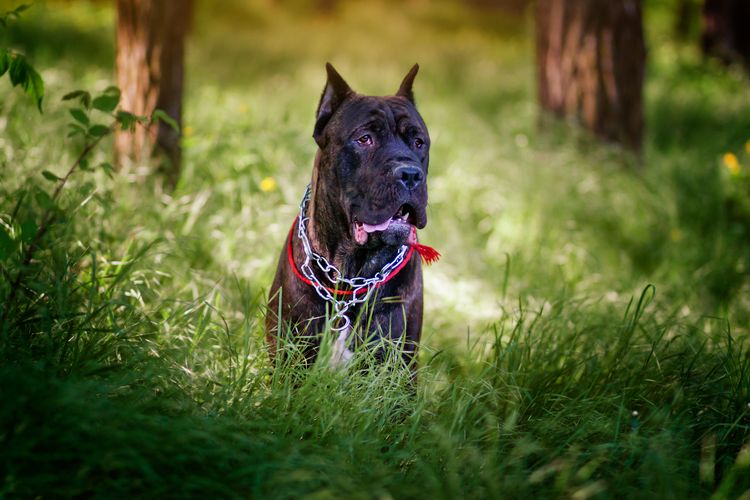
Why then do many people believe that the Cane Corso fighting dog has potential?
The perception of the Cane Corso as a potential "fighting dog" results from several factors, which we can explain here.
Physical Appearance: the Cane Corso is a large and muscular dog with a powerful head and jaw. This powerful appearance can be intimidating and leads many people to perceive the dog as potentially dangerous. However, a dog's appearance says little about its behavior or personality.
Historical Background: The Cane Corso's history as a working dog bred to guard property and hunt wildlife may also have contributed to its classification as a potential "fighting dog." The Cane Corso was originally bred for tasks that required physical strength and a certain amount of aggression. However, this should not be confused with a propensity for unwarranted aggression.
Media Reports and Prejudice: Unfortunately, the media often tends to sensationalize incidents involving large and powerful dogs. This can lead to certain breeds, such as the Cane Corso, getting a bad reputation. It is often overlooked that a dog is a product of its environment, upbringing and socialization. Aggressive behavior is usually not breed related, but the result of neglect, abuse, or inadequate socialization and education.
It is important to remember that the Cane Corso, like any other dog, can become a loving and reliable companion with love, patience and consistent training. The key lies in proper socialization and education, teaching the dog how to behave in different situations.
A well socialized and trained Cane Corso can develop into an excellent family dog that is loyal, protective and gentle. He is intelligent, adaptive and willing to cooperate with his people, which makes him a great companion. Therefore, it is important to remain objective when discussing "fighting dogs" and refrain from prejudice and misunderstanding.
Why does the Cane Corso sometimes have such fighting dog ears?
The "fighting dog ears," as you call them, probably refer to the practice of ear cropping, in which a dog's ears are surgically manipulated to make them stand upright. Traditionally, the ears of the Cane Corso and many other breeds were docked to protect them from injury while they were used for work, such as hunting or protecting property.
It is important to emphasize that ear docking has no effect on a dog's behavior or aggressiveness. It is rather an aesthetic practice that is increasingly controversial in modern society. In fact, ear docking (and tail docking) is illegal in many countries, including Germany, Austria and Switzerland, for animal welfare reasons.
Some people still dock their dogs' ears to achieve a certain look or out of the misconception that it will improve the dog's hearing or provide health benefits. However, there is no scientific evidence to support these claims.
In reality, docking a dog's ears can actually lead to a number of health problems, including chronic pain, increased risk of infection, and problems with balance.
If you see a Cane Corso or other dog with ears standing straight up, it's important to know that this is not indicative of a "fighting dog" mentality. Rather, it is a sign that the dog's owners have chosen a practice that is considered unacceptable in many parts of the world.
The Cane Corso's natural ears tend to be droopy and medium-sized. They give the dog a friendly and approachable appearance and in no way detract from its ability to be a loyal and loving companion.
